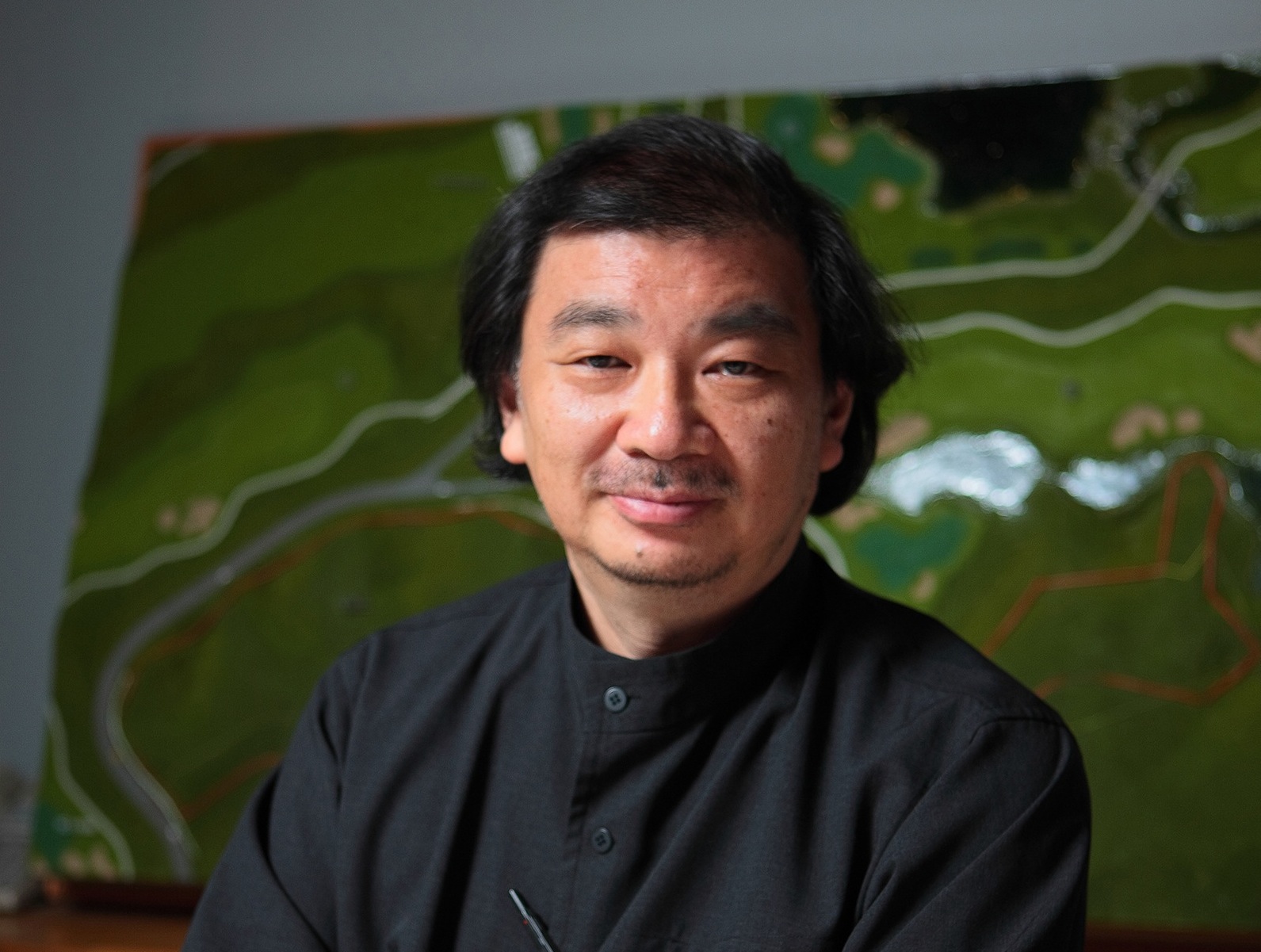Shigeru Ban will receive the 2014 Pritzker Architecture Prize. Tom Pritzker, Chairman and President of The Hyatt Foundation, which sponsors the prize, made the announcement on Monday.
Shigeru Ban, a Tokyo-born, 56-year-old architect with offices in Tokyo, Paris, and New York, is rare in the field of architecture. He designs elegant, innovative work for private clients, and uses the same inventive and resourceful design approach for his extensive humanitarian efforts.
For 22 years Ban has traveled to sites of natural and man-made disasters around the world, to work with local citizens, volunteers, and students, to design and construct simple, dignified, low-cost, recyclable shelters and community buildings for the disaster victims.
“Receiving this prize is a great honor, and with it, I must be careful," said Shigeu Ban. "I must continue to listen to the people I work for, in my private residential commissions and in my disaster relief work. I see this prize as encouragement for me to keep doing what I am doing – not to change what I am doing, but to grow."
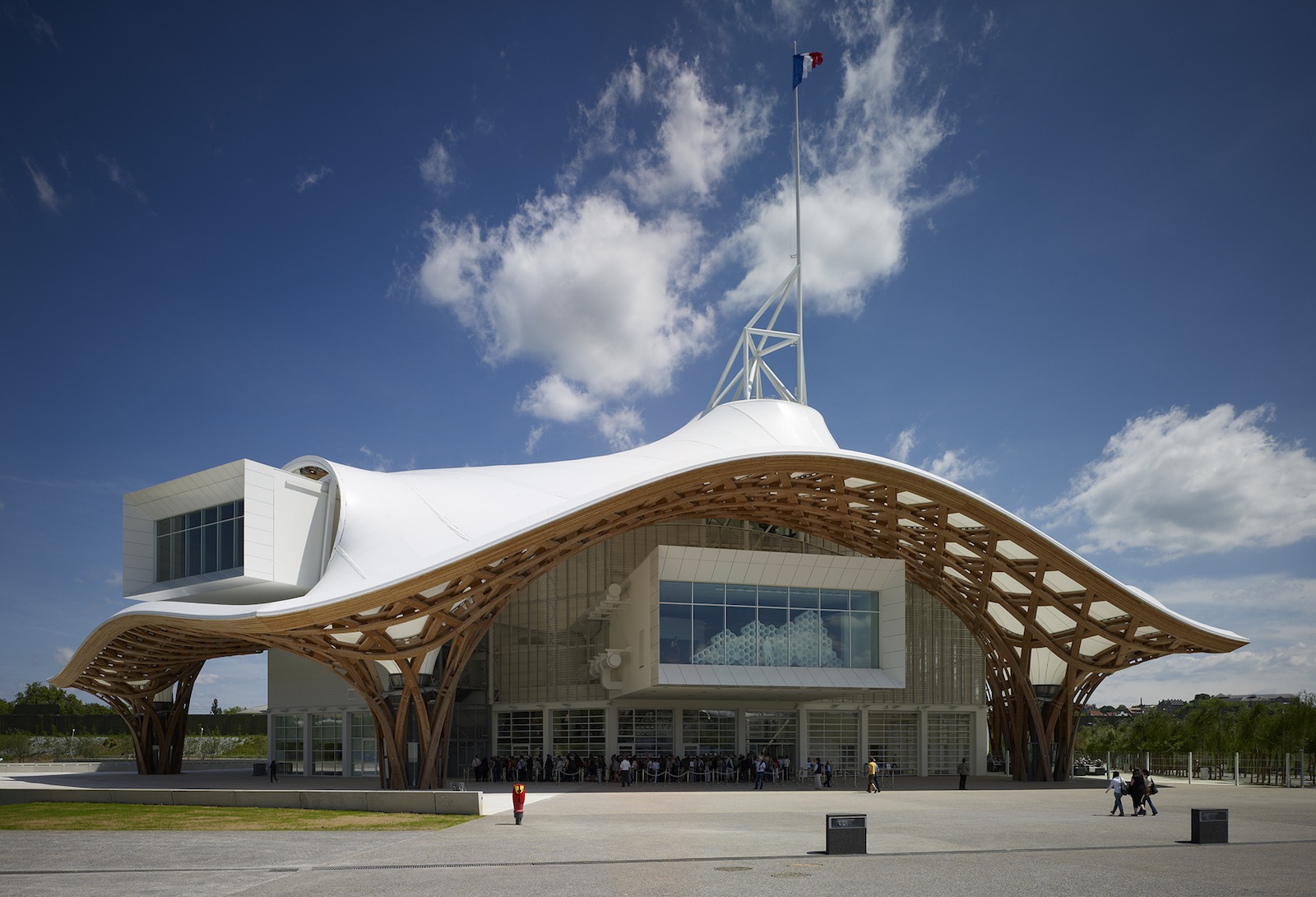
Centre Pompidou-Metz, 2010, France; Photo by Didier Boy de la Tour
In all parts of his practice, Ban finds a wide variety of design solutions, often based around structure, materials, view, natural ventilation, and light, and a drive to make comfortable places for the people who use them.
From private residences and corporate headquarters, to museums, concert halls and other civic buildings, Ban is known for the originality, economy, and ingeniousness of his works, which do not rely on today’s common high-tech solutions.
The Swiss media company Tamedia asked Ban to create pleasant spaces for their employees. He responded by designing a seven-story headquarters with the main structural system entirely in timber. The wooden beams interlock, requiring no metal joints.
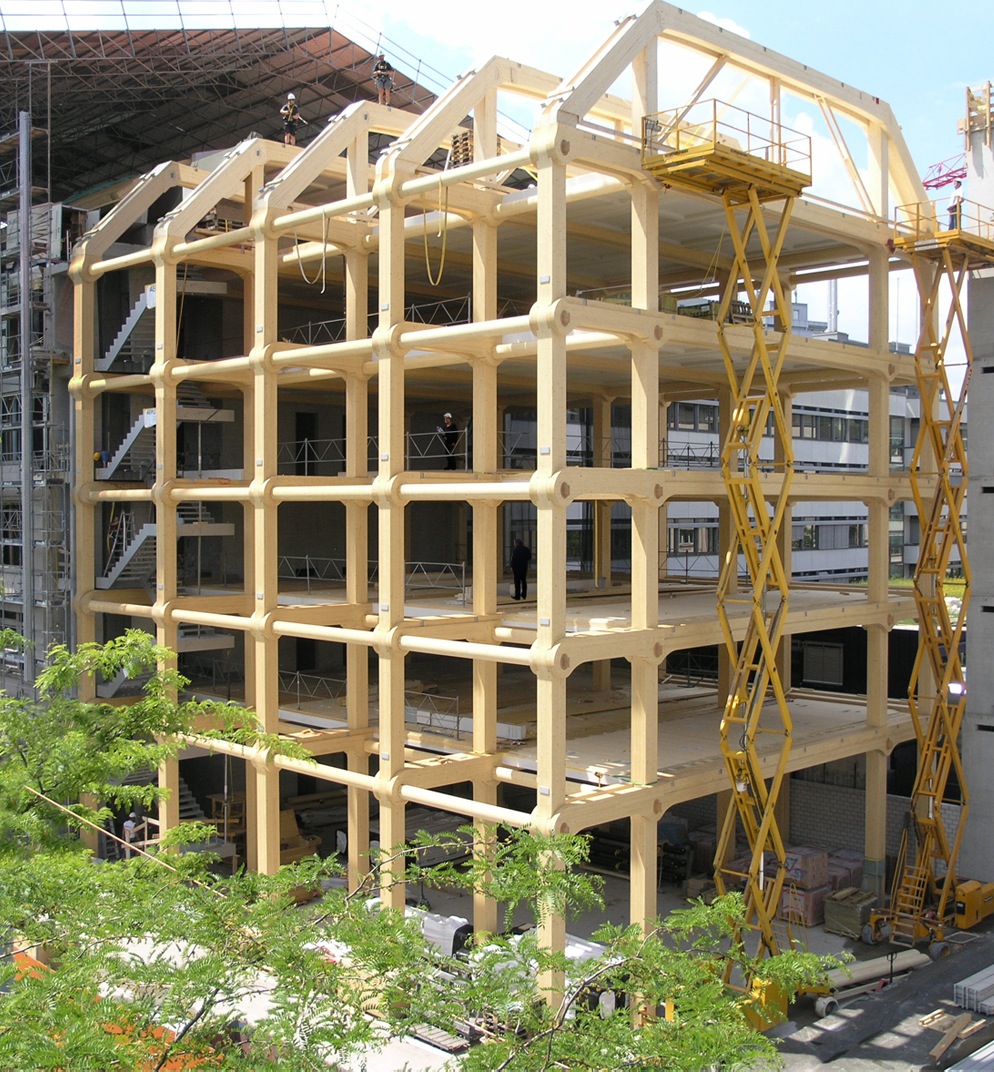
Tamedia Building, 2013, Zurich, Switzerland; Photo by Shigeru Ban Architects Europe
For the Centre Pompidou-Metz, in France, Ban designed an airy, undulating latticework of wooden strips to form the roof, which covers the complex museum program underneath and creates an open and accessible public plaza.
To construct his disaster relief shelters, Ban often employs recyclable cardboard paper tubes for columns, walls, and beams, as they are locally available, inexpensive, easy to transport, mount and dismantle, and they can be water- and fire-proofed, and recycled. He says that his Japanese upbringing helps account for his wish to waste no materials.
As a boy, Shigeru Ban observed traditional Japanese carpenters working at his parents’ house and to him their tools, the construction, and the smells of wood were magic. He would save cast aside pieces of wood and build small models with them. He wanted to become a carpenter. But at age eleven, his teacher asked the class to design a simple house and Ban’s was displayed in the school as the best. Since then, to be an architect was his dream.
Ban’s humanitarian work began in response to the 1994 conflict in Rwanda, which threw millions of people into tragic living conditions. Ban proposed paper-tube shelters to the United Nations High Commissioner for Refugees and they hired him as a consultant.

Cardboard Cathedral, 2013, Christchurch, New Zealand; Photo by Stephen Goodenough
After the 1995 earthquake in Kobe, Japan, he again donated his time and talent. There, Ban developed the “Paper Log House,” for Vietnamese refugees in the area, with donated beer crates filled with sandbags or the foundation, he lined up the paper cardboard tubes vertically, to create the walls of the houses.
Ban also designed “Paper Church,” as a community center of paper tubes for the victims of Kobe. It was later disassembled and sent to Taiwan, and reconstructed there, in 2008.
Ban works with local victims, students, and other volunteers to get these disaster relief projects built. In 1995, he founded a non-governmental organization (NGO) called VAN: Voluntary Architects’ Network. With VAN, following earthquakes, tsunami, hurricanes, and war, he has conducted this work in Japan, Turkey, India, Sri Lanka, China, Haiti, Italy, New Zealand, and currently, the Philippines.
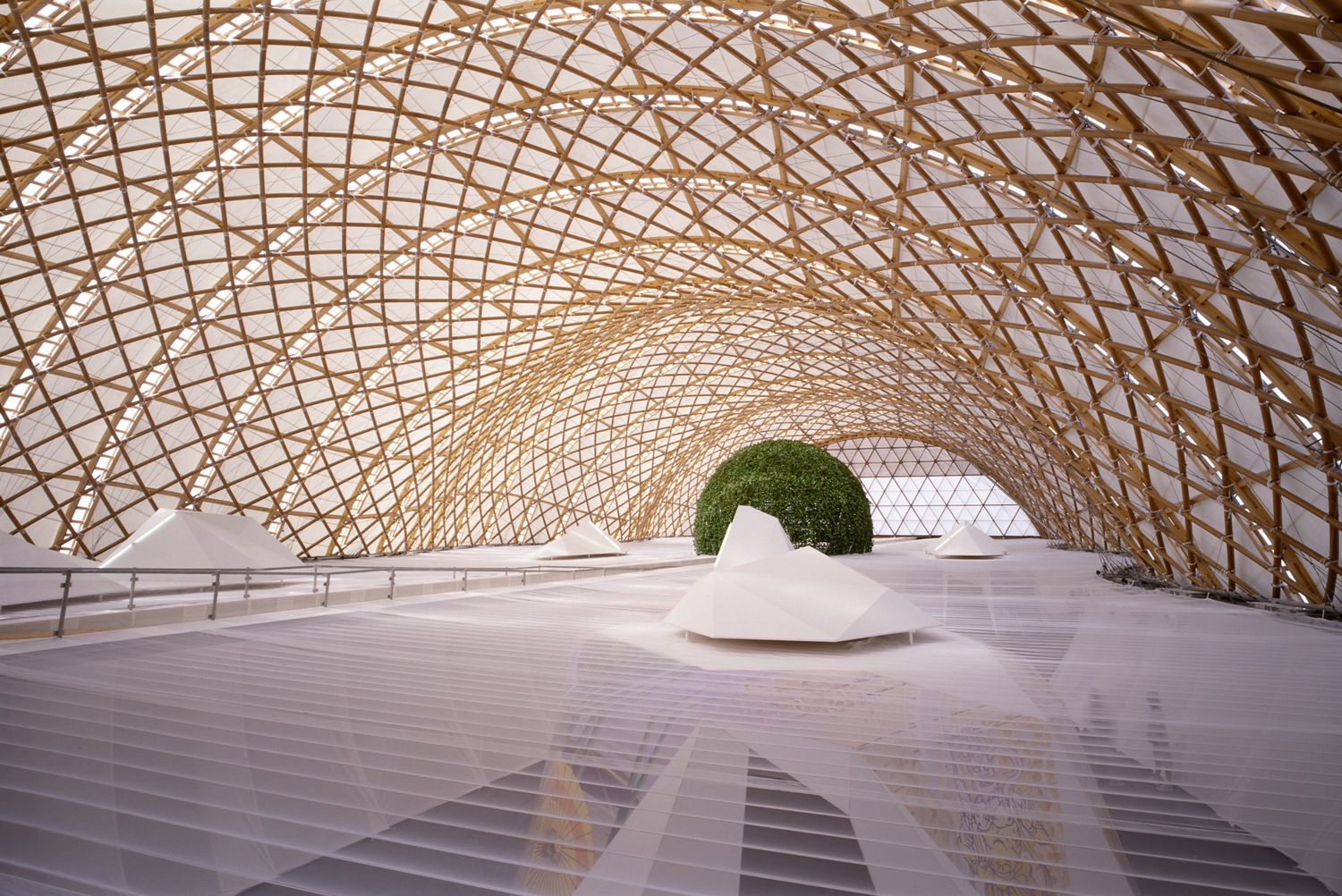
Japan Pavilion, Expo 2000 Hannover, 2000, Germany; Photo by Hiroyuki Hirai
Pritzker Prize jury chairman, The Lord Palumbo, said, “Shigeru Ban is a force of nature, which is entirely appropriate in the light of his voluntary work for the homeless and dispossessed in areas that have been devastated by natural disasters. But he also ticks the several boxes for qualification to theArchitectural Pantheon -- a profound knowledge of his subject with a particular emphasis on cutting-edge materials and technology; total curiosity and commitment; endless innovation; an infallible eye; an acute sensibility -- to name but a few.”
The citation from the Pritzker Prize jury underscores Ban’s experimental approach to common materials such as paper tubes and shipping containers, his structural innovations, and creative use of unconventional materials such as bamboo, fabric, paper, and composites of recycled paper fiber and plastics.
The jury cited Naked House (2000) in Saitama, Japan, in which Ban clad the external walls in clear corrugated plastic and sections of white acrylic stretched internally across a timber frame. The layering of translucent panels evokes the glowing light of shoji screens.
The client asked for no family member to be secluded, so the house consists of one unique large space, two-stories high, in which four personal rooms on casters can be moved about freely.
Ban is the seventh Japanese architect to become a Pritzker Laureate – the first six beingthe late Kenzo Tange in 1987, Fumihiko Maki in 1993, Tadao Ando in 1995, the team of Kazuyo Sejima and Ryue Nishizawa in 2010, and Toyo Ito in 2013.
The award ceremony will take place on June 13, 2014, at the Rijksmuseum in Amsterdam, The Netherlands.
For more, visit: http://www.pritzkerprize.com/laureates/2014

Paper Refugee Shelters for Rwanda, 1999, Byumba Refugee Camp, Rwanda; Photo by Shigeru Ban Architects
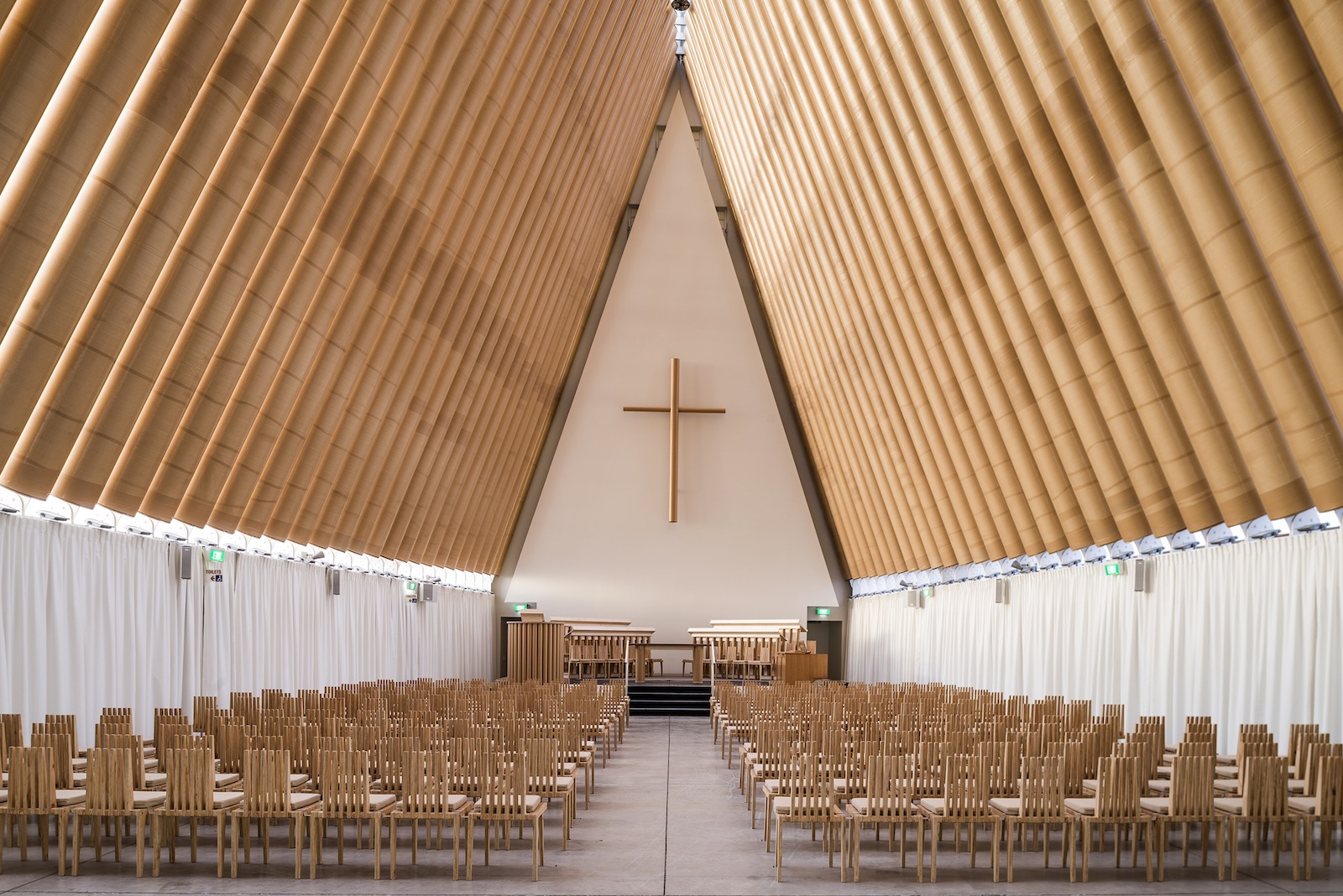
Cardboard Cathedral, 2013, Christchurch, New Zealand; Photo by Stephen Goodenough
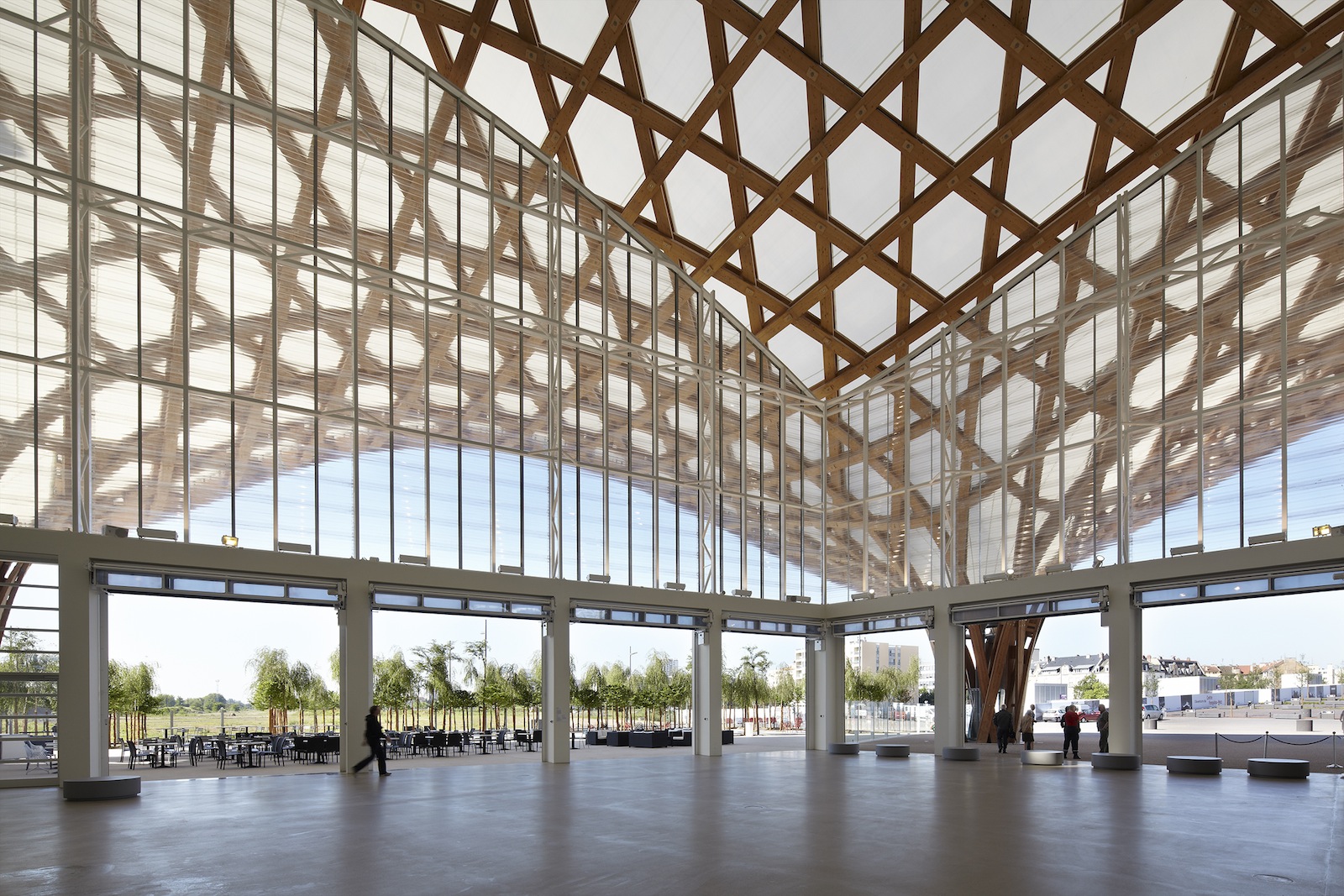
Centre Pompidou-Metz, 2010, France; Photo by Didier Boy de la Tour
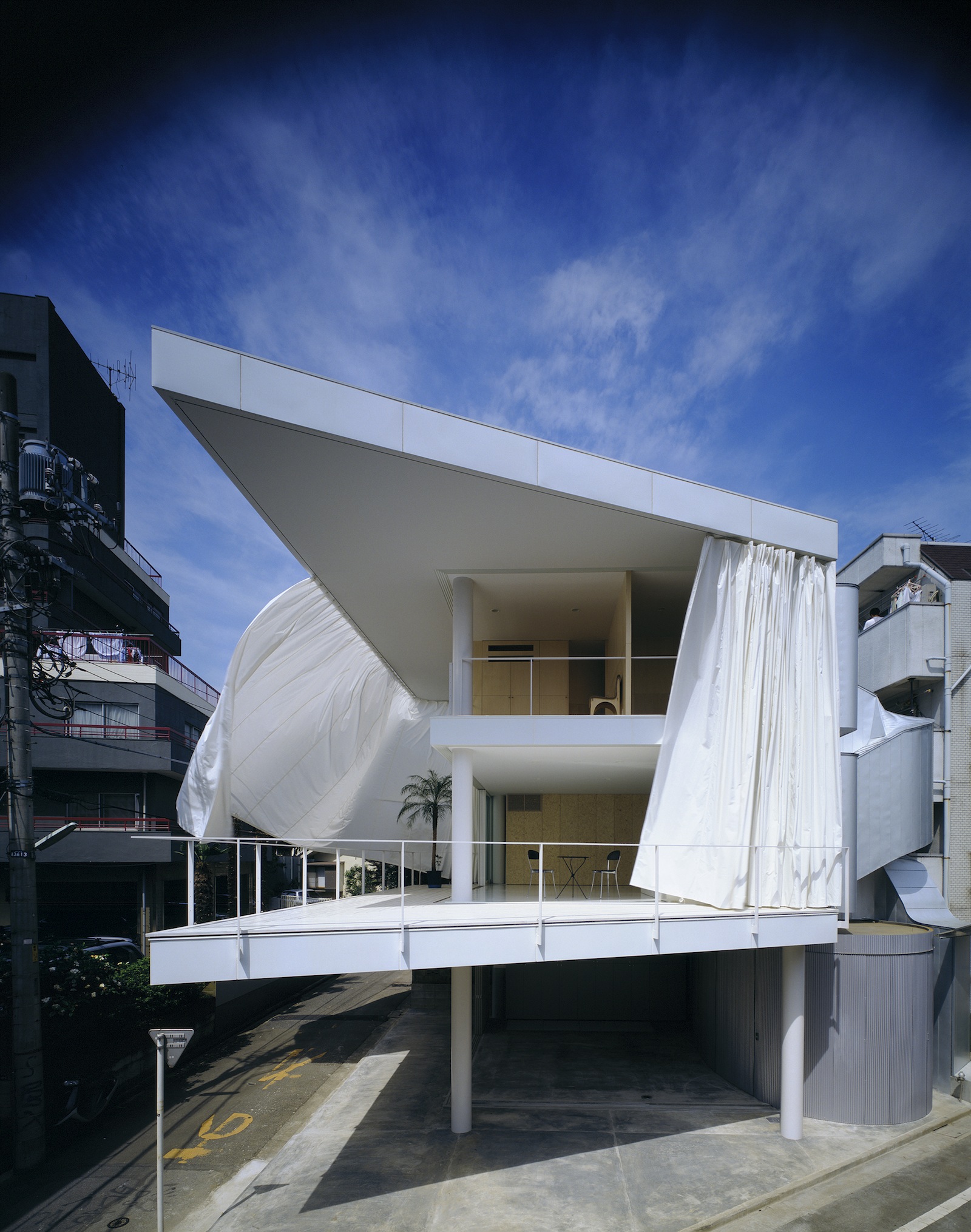
Curtain Wall House, 1995, Tokyo, Japan; Photo by Hiroyuki Hirai
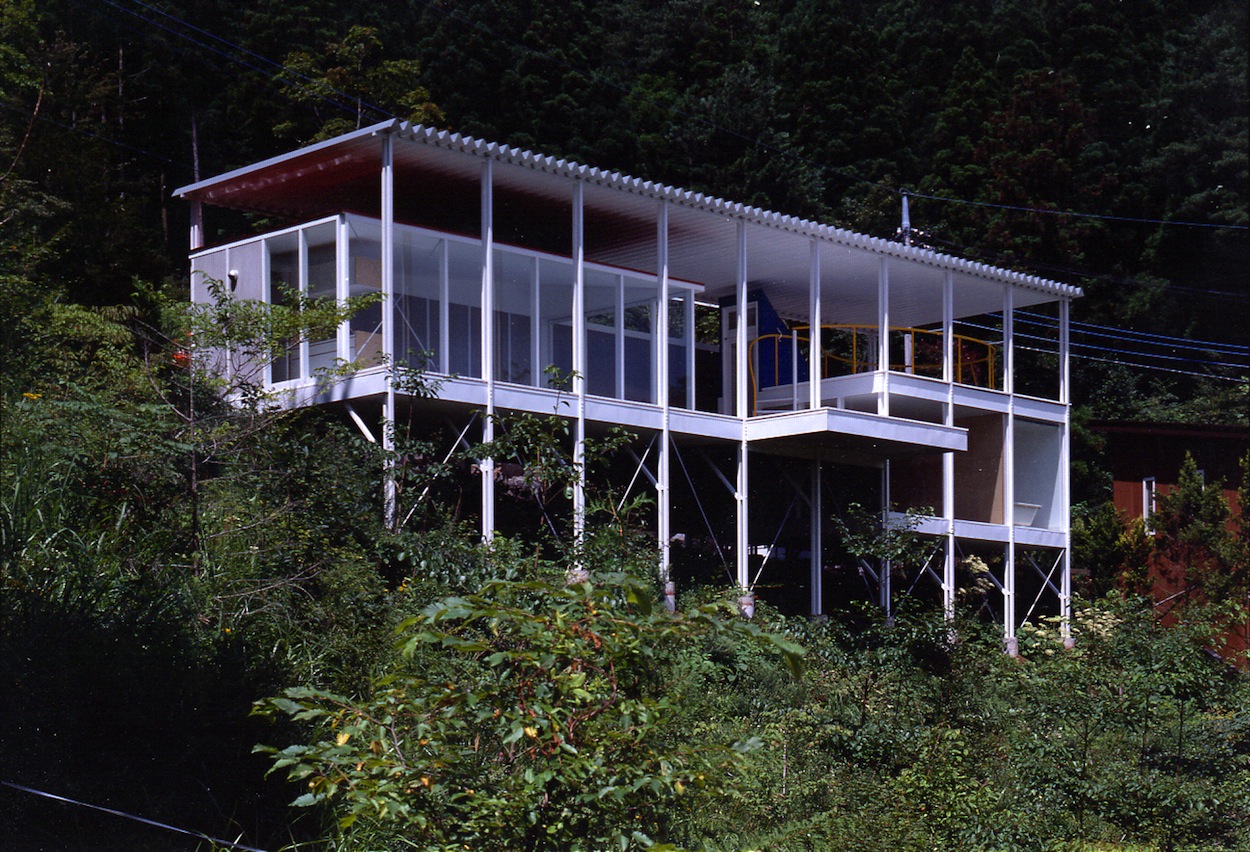
House of Double-Roof, 1993, Yamanashi, Japan; Photo by Hiroyuki Hirai
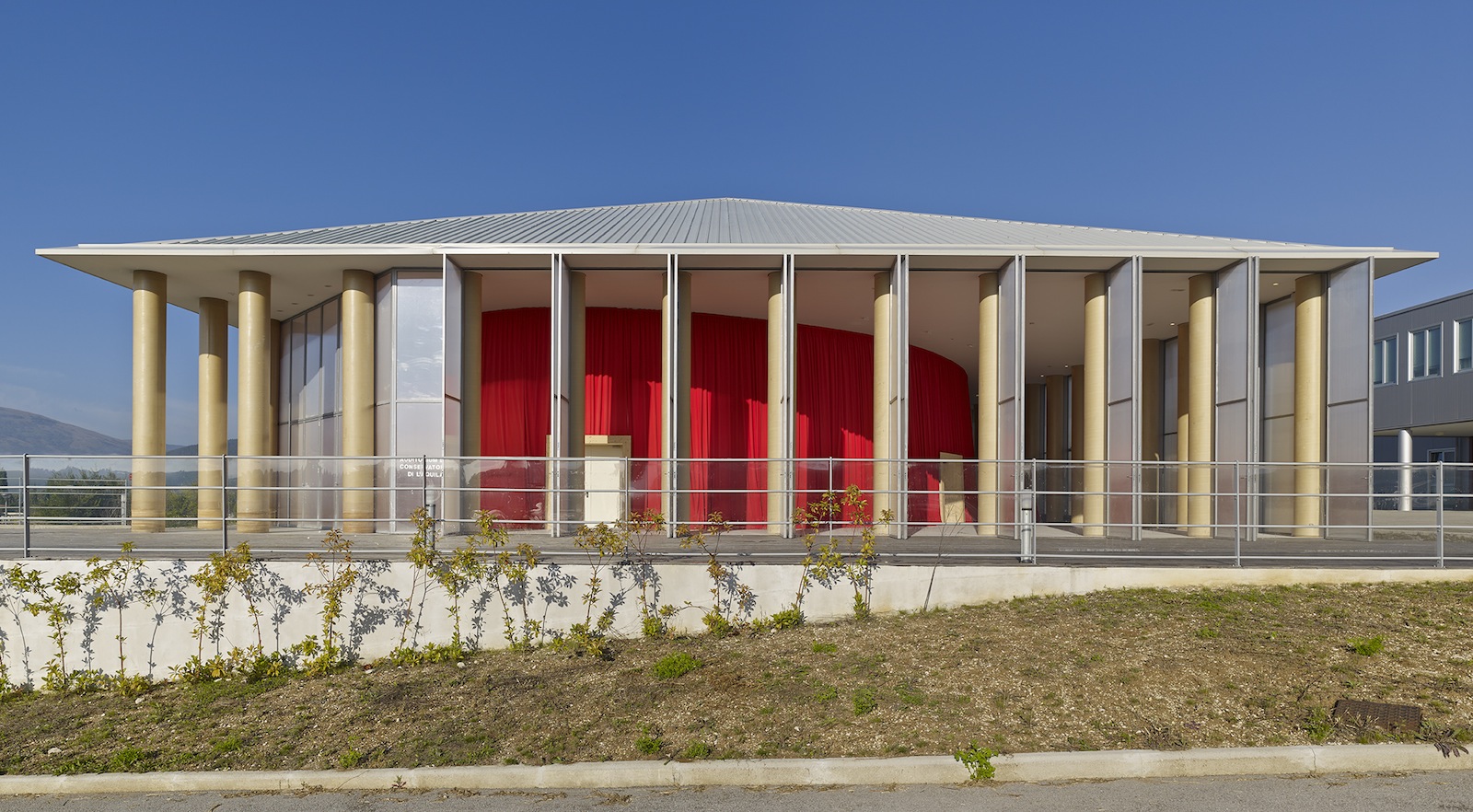
Paper Concert Hall, 2011, L’Aquila, Italy; Photo by Didier Boy de la Tour
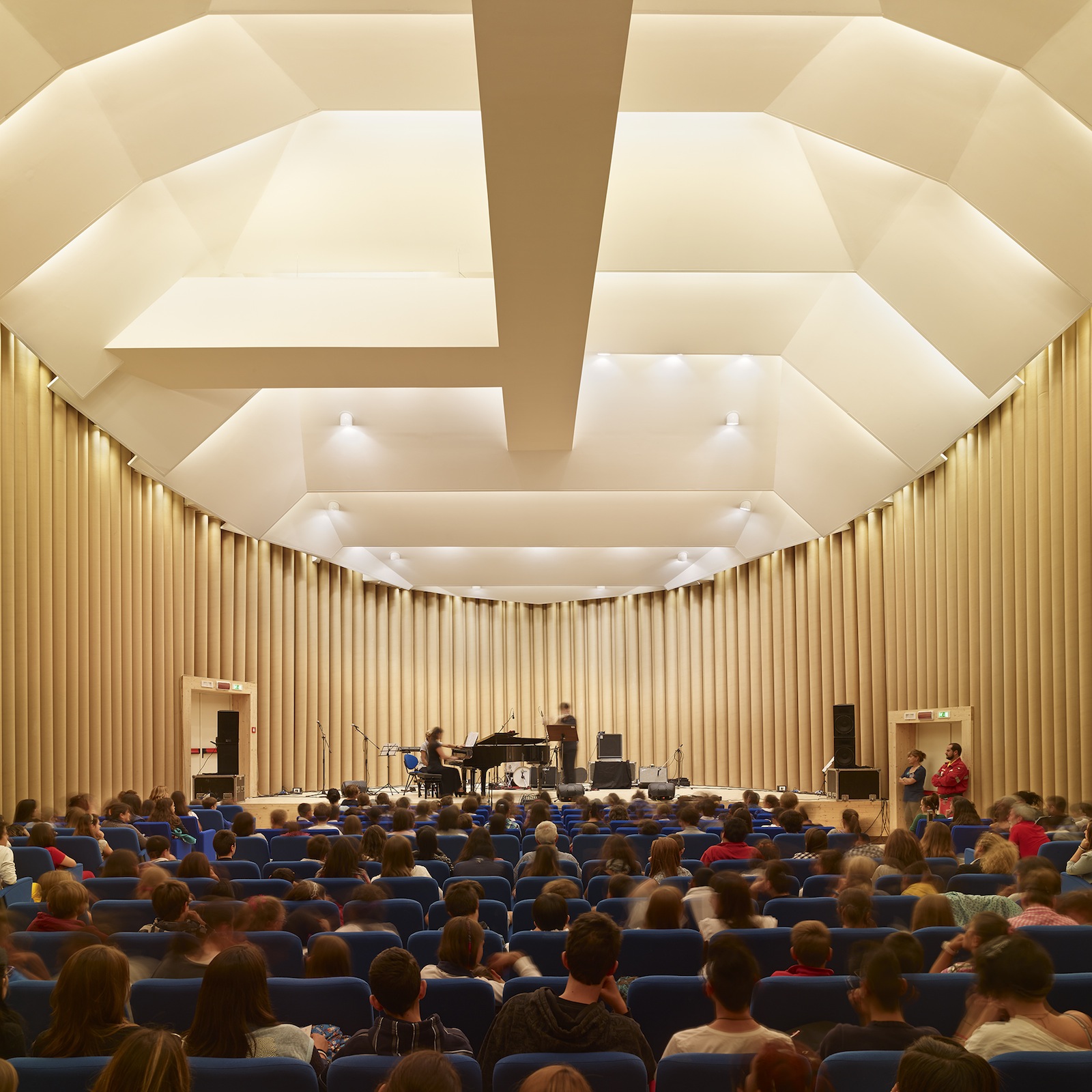
Paper Concert Hall, 2011, L’Aquila, Italy; Photo by Didier Boy de la Tour
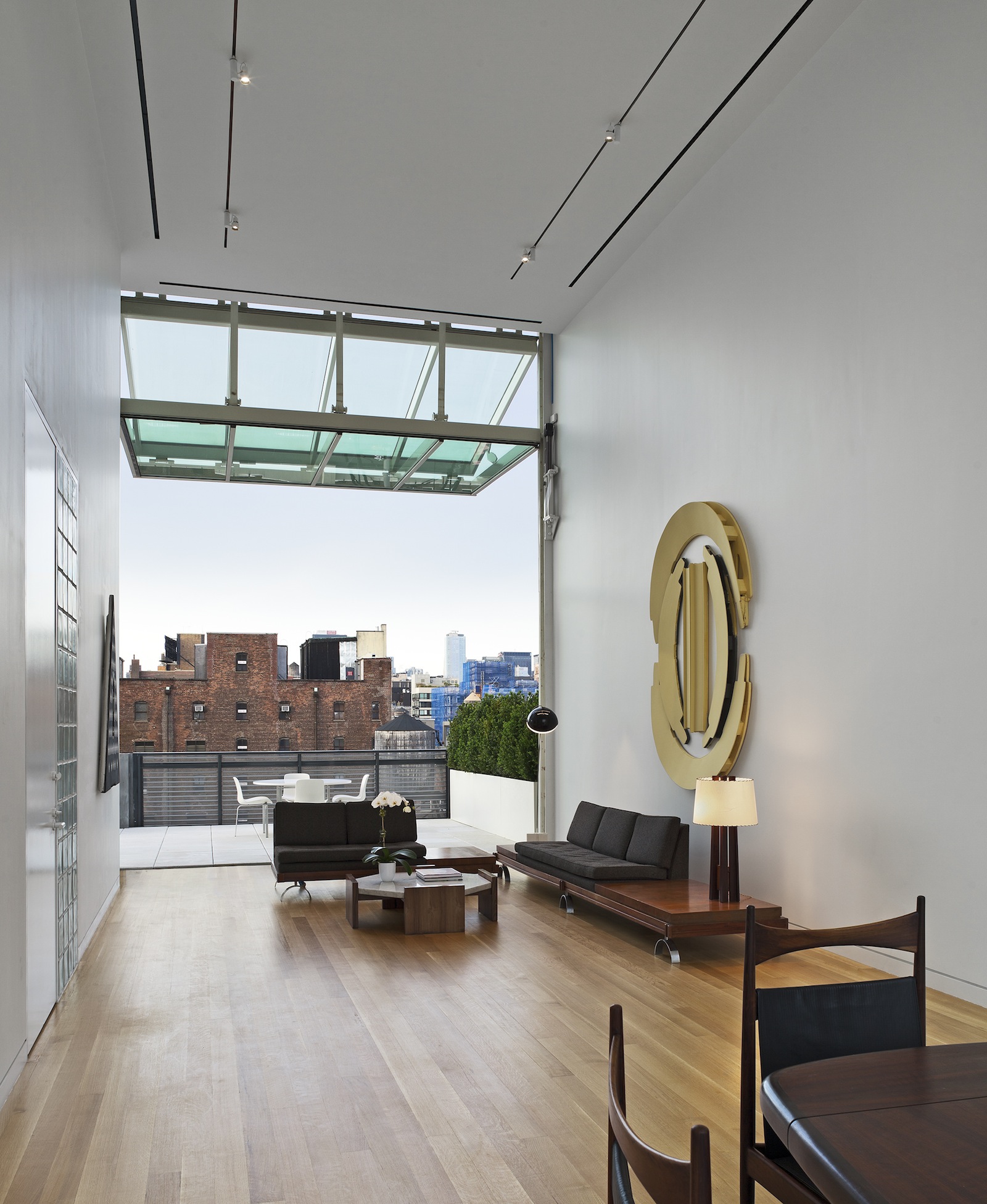
Metal Shutter House, 2010, New York; Photo by Michael Moran
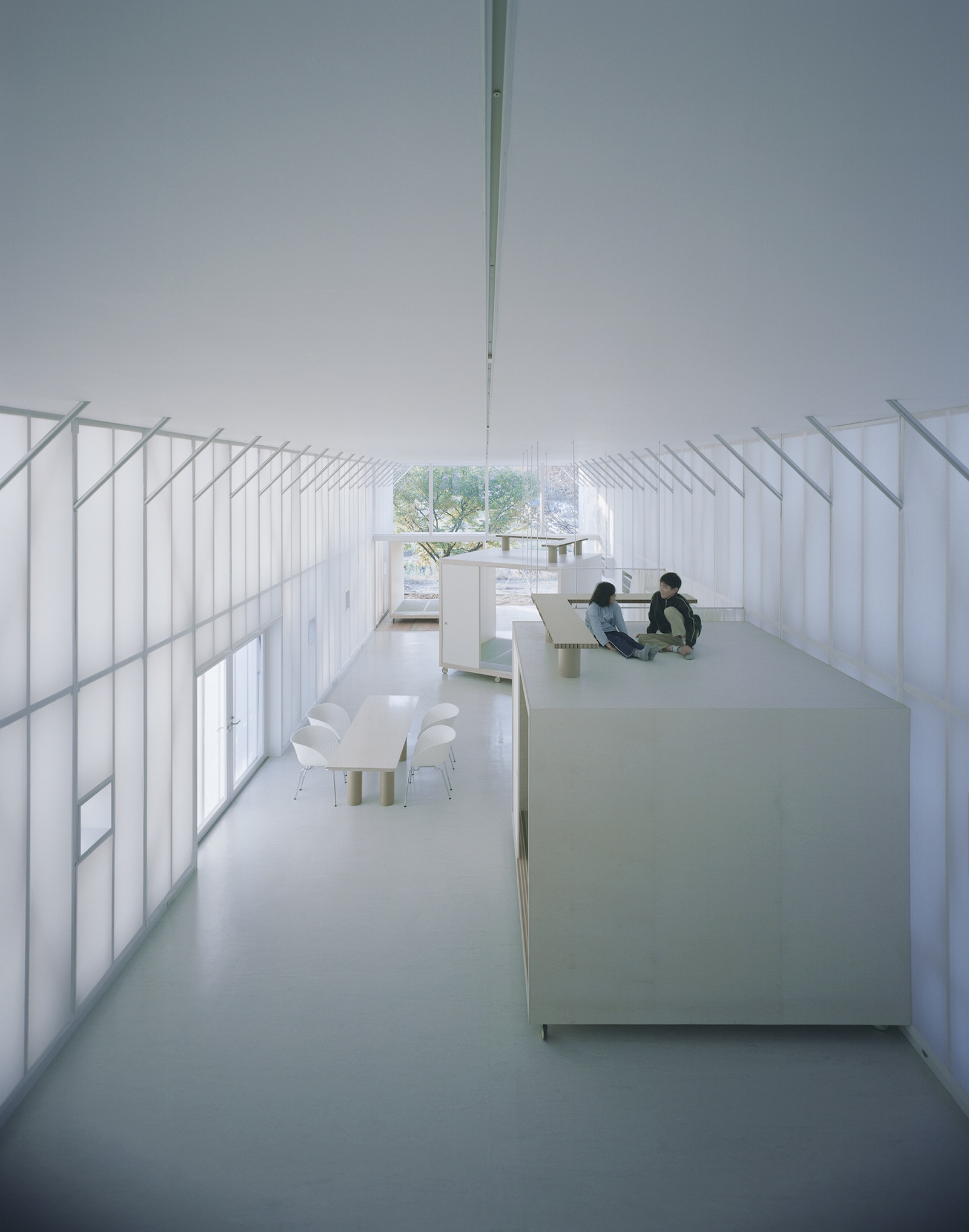
Naked House, 2000, Saitama, Japan; Photo by Hiroyuki Hirai
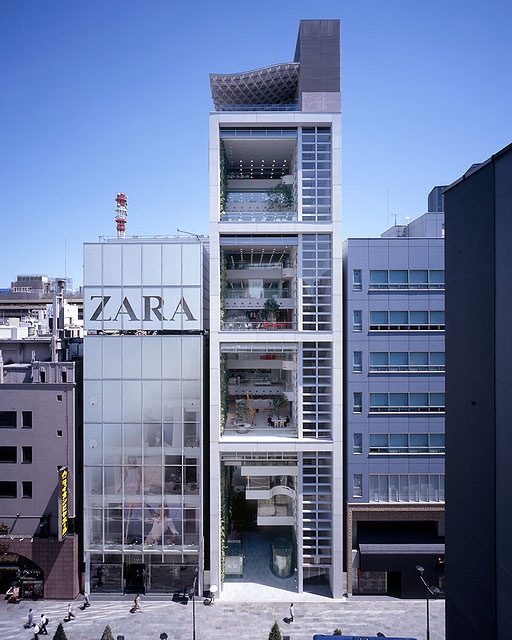
Nicolas G. Hayek Center, 2007, Tokyo, Japan; Photo by Hiroyuki Hirai
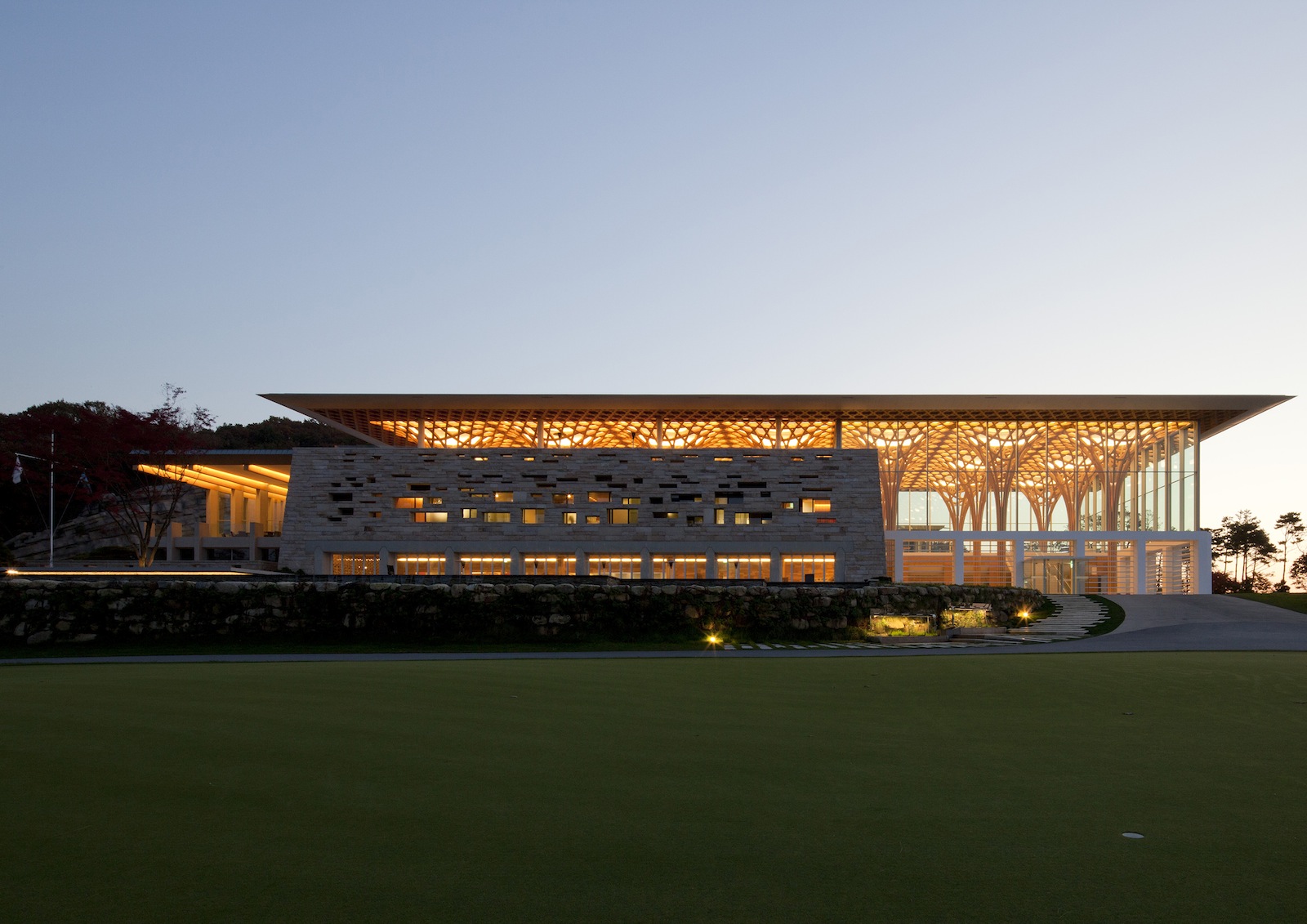
Haesley Nine Bridges Golf Club House, 2010, Korea; Photo by Hiroyuki Hirai
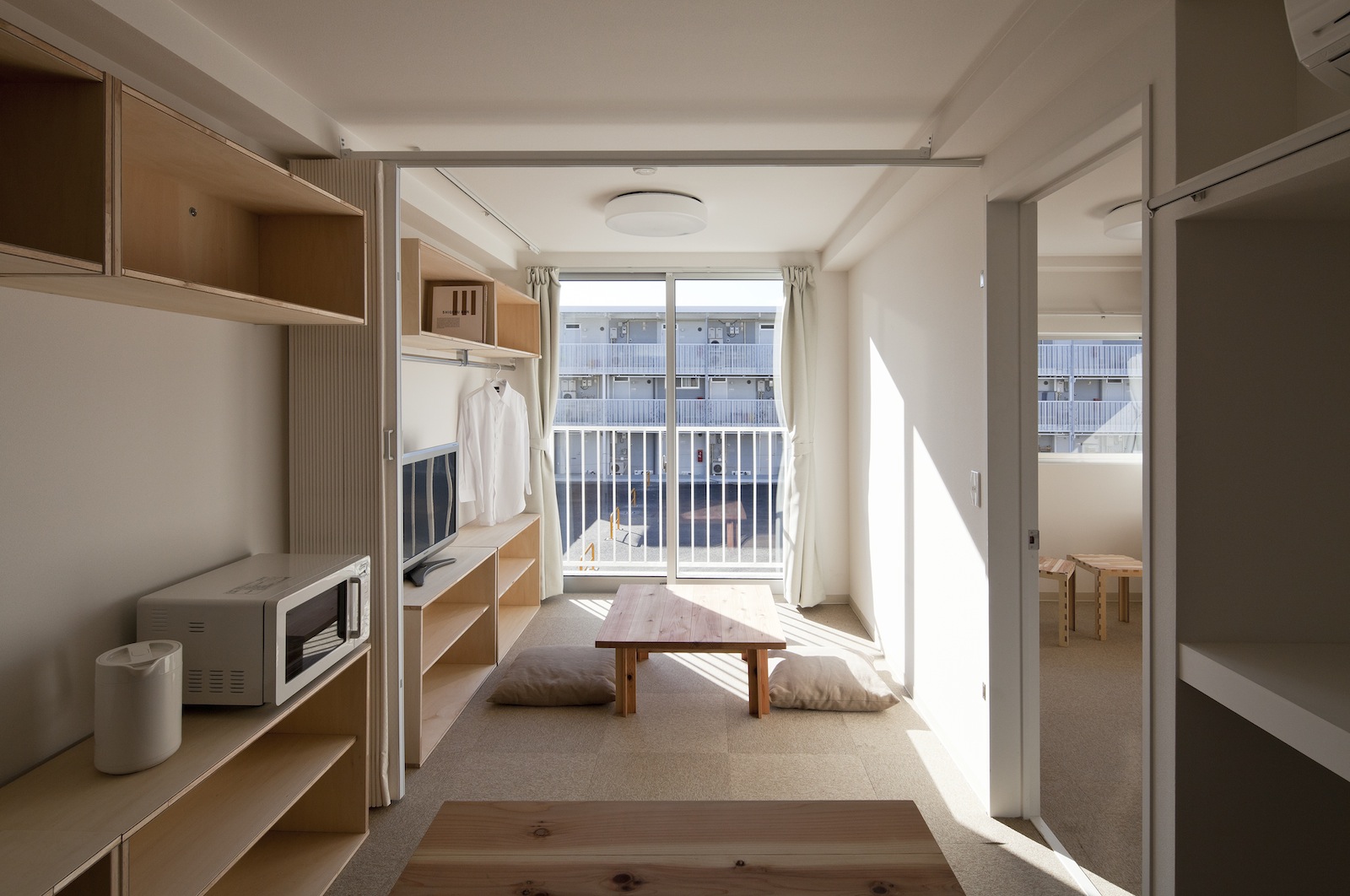
Container Temporary Housing, 2011, Onagawa, Miyagi, Japan; Photo by Hiroyuki Hirai
Related Stories
High-rise Construction | Feb 23, 2024
Designing a new frontier in Seattle’s urban core
Graphite Design Group shares the design for Frontier, a 540,000-sf tower in a five-block master plan for Seattle-based tech leader Amazon.
Construction Costs | Feb 22, 2024
K-12 school construction costs for 2024
Data from Gordian breaks down the average cost per square foot for four different types of K-12 school buildings (elementary schools, junior high schools, high schools, and vocational schools) across 10 U.S. cities.
MFPRO+ Special Reports | Feb 22, 2024
Crystal Lagoons: A deep dive into real estate's most extreme guest amenity
These year-round, manmade, crystal clear blue lagoons offer a groundbreaking technology with immense potential to redefine the concept of water amenities. However, navigating regulatory challenges and ensuring long-term sustainability are crucial to success with Crystal Lagoons.
Architects | Feb 21, 2024
Architecture Billings Index remains in 'declining billings' state in January 2024
Architecture firm billings remained soft entering into 2024, with an AIA/Deltek Architecture Billings Index (ABI) score of 46.2 in January. Any score below 50.0 indicates decreasing business conditions.
University Buildings | Feb 21, 2024
University design to help meet the demand for health professionals
Virginia Commonwealth University is a Page client, and the Dean of the College of Health Professions took time to talk about a pressing healthcare industry need that schools—and architects—can help address.
AEC Tech | Feb 20, 2024
AI for construction: What kind of tool can artificial intelligence become for AEC teams?
Avoiding the hype and gathering good data are half the battle toward making artificial intelligence tools useful for performing design, operational, and jobsite tasks.
Engineers | Feb 20, 2024
An engineering firm traces its DEI journey
Top-to-bottom buy-in has been a key factor in SSOE Group’s efforts to become more diverse, equitable, and inclusive in its hiring, mentoring, and benefits.
Building Tech | Feb 20, 2024
Construction method featuring LEGO-like bricks wins global innovation award
A new construction method featuring LEGO-like bricks made from a renewable composite material took first place for building innovations at the 2024 JEC Composites Innovation Awards in Paris, France.
Codes and Standards | Feb 20, 2024
AISC, AIA release second part of design assist guidelines for the structural steel industry
The American Institute of Steel Construction and AIA Contract Documents have released the second part of a document intended to provide guidance for three common collaboration strategies.
Student Housing | Feb 19, 2024
UC Law San Francisco’s newest building provides student housing at below-market rental rates
Located in San Francisco’s Tenderloin and Civic Center neighborhoods, UC Law SF’s newest building helps address the city’s housing crisis by providing student housing at below-market rental rates. The $282 million, 365,000-sf facility at 198 McAllister Street enables students to live on campus while also helping to regenerate the neighborhood.


